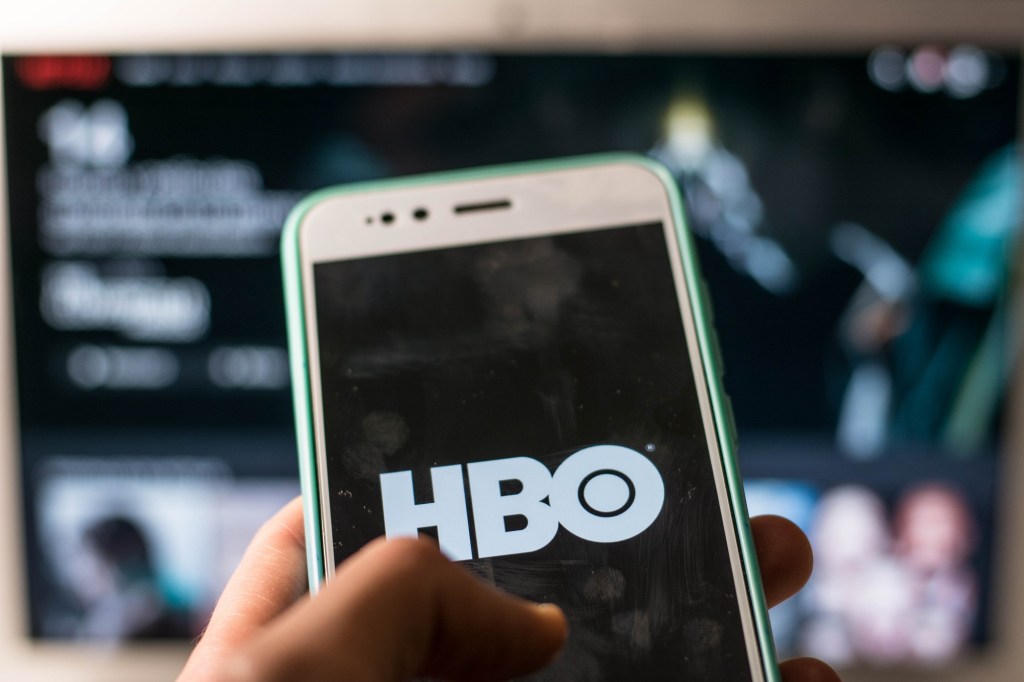A new study suggests that the United States lags behind dozens of other countries in terms of video streaming quality over wireless networks. Open Signal’s latest State of Mobile Video Report examined wireless video quality in more than 69 countries, utilizing 90 billion measurements across 8 million phones between May and August of this year.
The report examined video load times, the volume of stuttering and buffering during video playback, and overall video resolution on wireless networks. Countries were then ranked on a scale of 1-100, ranging from scores of 0-40 (poor) to 75-100 (excellent).
The United States didn’t fare well. US carriers were ranked 34th in terms of average network speeds (16.5 Mbps) and 59th in terms of users’ “overall video experience.” That’s on the heels of previous studies showing that US residents pay some of the highest prices for mobile data in the developed world (before one even includes a bevy of obnoxious, hidden fees).
A big reason for the United States’ poor showing? Carrier policies that artificially restrict video quality across the network via throttling or “deprioritization.” As a result, you may have more than enough bandwidth to enjoy a solid YouTube or Netflix stream, but artificial limits imposed by your cellular carrier can still hamper video quality.
“As our tests sample video at different resolutions, any downgrading of video quality—say from HD to SD—would have an impact on our scores,” OpenSignal wrote in its new report. “The U.S. is a prime example of such policies at work.”
Videos by VICE
Last year, competition from T-Mobile forced larger carriers like Verizon and AT&T to back away from punitive usage caps and steep overage fees and re-introduce simpler, more popular unlimited data plans.
But as California firefighters recently discovered, these “unlimited” plans feature a laundry list of often unclear limits and caveats, from restrictions on using your phone as a modem, to throttling that kicks in if you consume a set amount of bandwidth. Carriers have also started throttling all video by default unless users are willing to pony up significantly more money.
Verizon, for example, now bans all 4K video by default, and throttles back all video on its unlimited plans to 480p (about 1.5 Mbps) unless you’re willing to pay significantly more. Other mobile carriers, like Sprint, have experimented with throttling music and game performance unless users pony up additional cash.
“To prevent their networks from becoming overloaded with video traffic, operators have put streaming restrictions on their different tiers of unlimited plans,” Open Signal said. “Depending on the type of video, a 720p stream can consume twice as much or more data than a 480p stream,” the firm insisted.
But a study highlighted by Motherboard last week showed how these video limits often have absolutely nothing to do with network congestion, and everything to do with nickel and diming consumers.
Researchers at Northeastern University conducted half a million data traffic tests across 161 countries to help determine which ISPs routinely hamstring streaming performance. They found that carriers consistently apply arbitrary restrictions on video streaming that have nothing to do with managing network load.
Imposing arbitrary video quality restrictions users then have to pay more to avoid is the new normal in the post net neutrality landscape. And with looming wireless sector mergers poised to reduce competition, and the FCC’s 2015 net neutrality rules now defunct, there’s probably going to be a lot more of this kind of behavior waiting for users just over the horizon.




